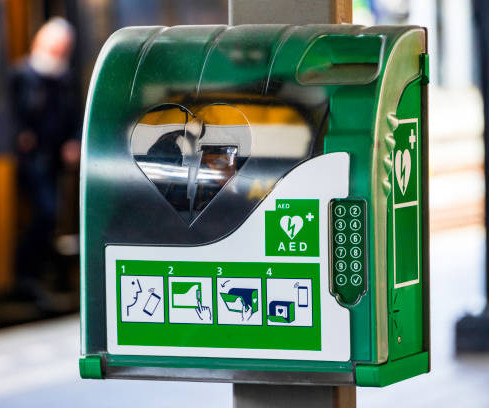The importance of AED placement and Stryker’s guide to optimizing accessibility
AED Leader
DECEMBER 2, 2024
Defibrillation: Once a dangerous rhythm is detected, the AED delivers a controlled electric shock to help restore normal heart rhythm. By ensuring quick access to AEDs in public settings, we can significantly increase survival rates for cardiac arrest victims, leading to improved outcomes and better survival to hospital discharge.











Let's personalize your content